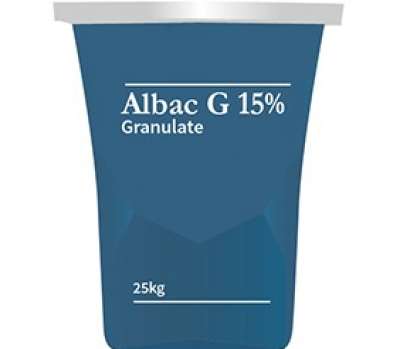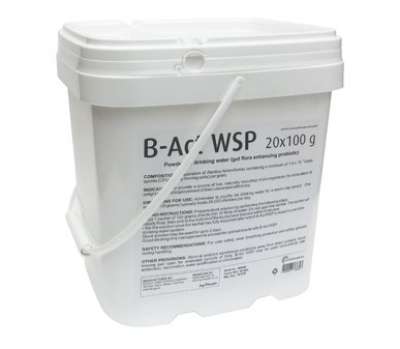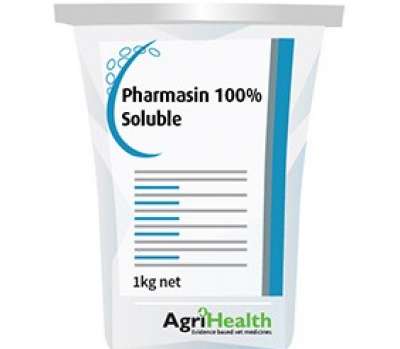Necrotic Enteritis
Necrotic enteritis is an intestinal disease affecting poultry and is caused by some strains of the bacterium Clostridium perfringens. The triggers for the onset of the disease are not fully understood, though several predisposing factors are known to increase the likelihood of the disease and include coccidiosis, dietary factors and stress. The symptoms which are most common in young poultry, typically occur between two and three weeks of age and include inappetence, lethargy, ruffled feathers, diarrhoea and loss of growth performance in mild cases and in severe cases, bloody diarrhoea, widespread morbidity and death. Without treatment, mortality incidence of more than 20% of the flock are common within 1-2 days from the onset of clinical signs. Intestinal lesions in severe clinical cases appear to have a towelling-like appearance and may contain blood. The disease is spread through contact with the disease-causing strain of C. perfringens via other poultry, faeces, feed, water, dust, flies, etc.
Control is achieved through mitigating known predisposing factors (such as coccidiosis), and provision of preventative medication. Antibiotics such as zinc bacitracin (Albac G 15% granulate or BaciMax 150 granular) and flavophospholipol (Flavomycin 40 microGranulate) are typically added to feeds for necrotic enteritis prevention, however for no-added-antibiotic production systems, the unique probiotic B-Act (B-Act premix microGranulate) is registered for necrotic enteritis prevention in NZ. Treatment of affected flocks is by administration of an approved antibiotic such as tylosin (Pharmasin 100% Soluble) in the drinking water. Contact your vet for advice if animals appear clinically infected.
Necrotic Enteritis
Necrotic enteritis is an intestinal disease affecting poultry and is caused by some strains of the bacterium Clostridium perfringens. The triggers for the onset of the disease are not fully understood, though several predisposing factors are known to increase the likelihood of the disease and include coccidiosis, dietary factors and stress. The symptoms which are most common in young poultry, typically occur between two and three weeks of age and include inappetence, lethargy, ruffled feathers, diarrhoea and loss of growth performance in mild cases and in severe cases, bloody diarrhoea, widespread morbidity and death. Without treatment, mortality incidence of more than 20% of the flock are common within 1-2 days from the onset of clinical signs. Intestinal lesions in severe clinical cases appear to have a towelling-like appearance and may contain blood. The disease is spread through contact with the disease-causing strain of C. perfringens via other poultry, faeces, feed, water, dust, flies, etc.
Control is achieved through mitigating known predisposing factors (such as coccidiosis), and provision of preventative medication. Antibiotics such as zinc bacitracin (Albac G 15% granulate or BaciMax 150 granular) and flavophospholipol (Flavomycin 40 microGranulate) are typically added to feeds for necrotic enteritis prevention, however for no-added-antibiotic production systems, the unique probiotic B-Act (B-Act premix microGranulate) is registered for necrotic enteritis prevention in NZ. Treatment of affected flocks is by administration of an approved antibiotic such as tylosin (Pharmasin 100% Soluble) in the drinking water. Contact your vet for advice if animals appear clinically infected.
Albac G 15% Granulate

B-Act Soluble

BaciMax 150 Granular

Flavomycin 40 microGranulate

Pharmasin 100% Soluble
